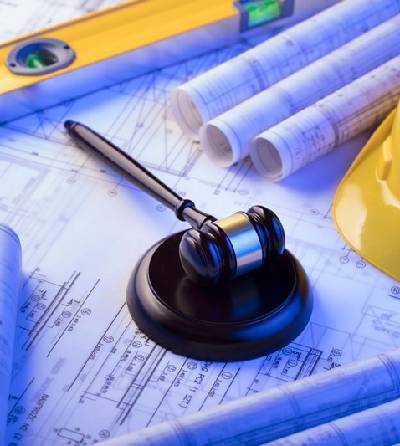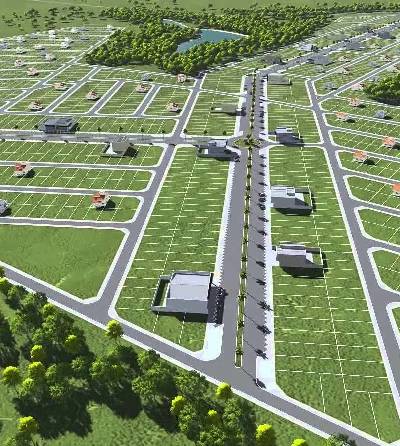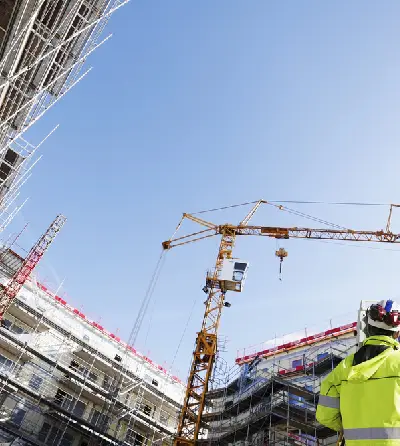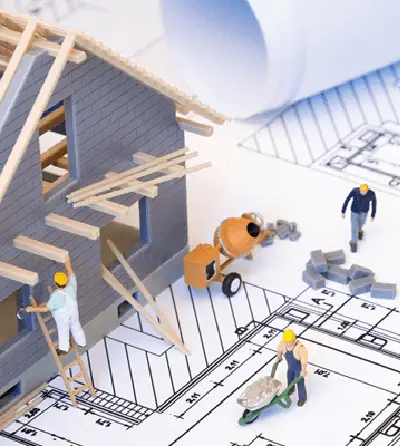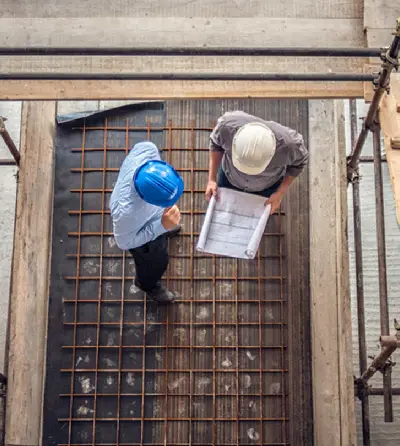
Category : Blog
Date :20 oct 2023
Author : Ravi
Unlocking the Potential: The Role of Design & Build in Real Estate Development
Real estate development projects involve a complex dance of professionals, from architects and engineers to surveyors and environmental experts. Navigating this intricate web can be challenging, especially when it comes to ensuring cost-effective design and construction. Often, the disconnect between these parties can lead to over-engineered plans and inflated costs, causing delays and headaches for developers. This is where Design & Build companies step in as a crucial bridge between vision and reality.
The Problem: Cost Overruns and Delays
Construction permit sets typically involve various specialists, each working within their domain. However, they may lack insight into current construction material and labor costs. Consequently, they design plans that align with codes and regulations, but these plans can become over-engineered and costly to implement by the time they reach general contractors. Developers are then forced to revisit engineers to optimize designs, adding time and expenses to the project.
The Design & Build Solution
Cost-Effective Thinking: Design & Build companies approach projects with a holistic view, considering both cost-effective designs and construction methods. This dual focus ensures that plans are not only compliant but also economically viable.
Single Point of Accountability: Design & Build consolidates responsibility for design and construction under one entity. This eliminates confusion and minimizes disputes, streamlining the process.
Expert Knowledge: Design & Build firms stay updated on material and labor costs, guiding architects and engineers with cost-effective strategies.
Time Efficiency: Integrated teams reduce turnaround times between developers and specialists, expediting the acquisition of construction permits.
Optimized Design: By closely working with engineers, Design & Build firms optimize and value-engineer designs during the initial phase, reducing construction costs.
Minimized Over-Engineering: Design engineers often lack awareness of current construction costs, which can inflate budgets. Design & Build companies leverage their experience to prevent over-engineering.
Strategic Planning: Design & Build companies develop project plans, engage the right engineers and third-party providers, and clearly communicate the vision and budget, ensuring cost-effective construction.
Recommendations Based on Experience: Drawing from past projects, Design & Build firms recommend cost-effective techniques to architects and engineers, reducing design time.
Reduced Design Costs: By collaborating closely with their in-house engineers and architects, Design & Build firms implement best practices and standards, reducing design expenses.
Risk Reduction: With a single point of contact, there’s less risk of disputes and miscommunications, minimizing legal and project risks.
Streamlined Communication: Enhanced communication between the design and construction teams leads to fewer change orders and design conflicts.
Value Engineering: Experts identify opportunities to improve project value, reducing unnecessary expenses without compromising quality.
Client Convenience: Clients have one partner to communicate with throughout the project, simplifying decision-making and approvals.
In summary, Design & Build companies offer a comprehensive solution to the challenges of real estate development. They bridge the gap between design and construction, ensuring cost-effective, efficient, and successful projects.


